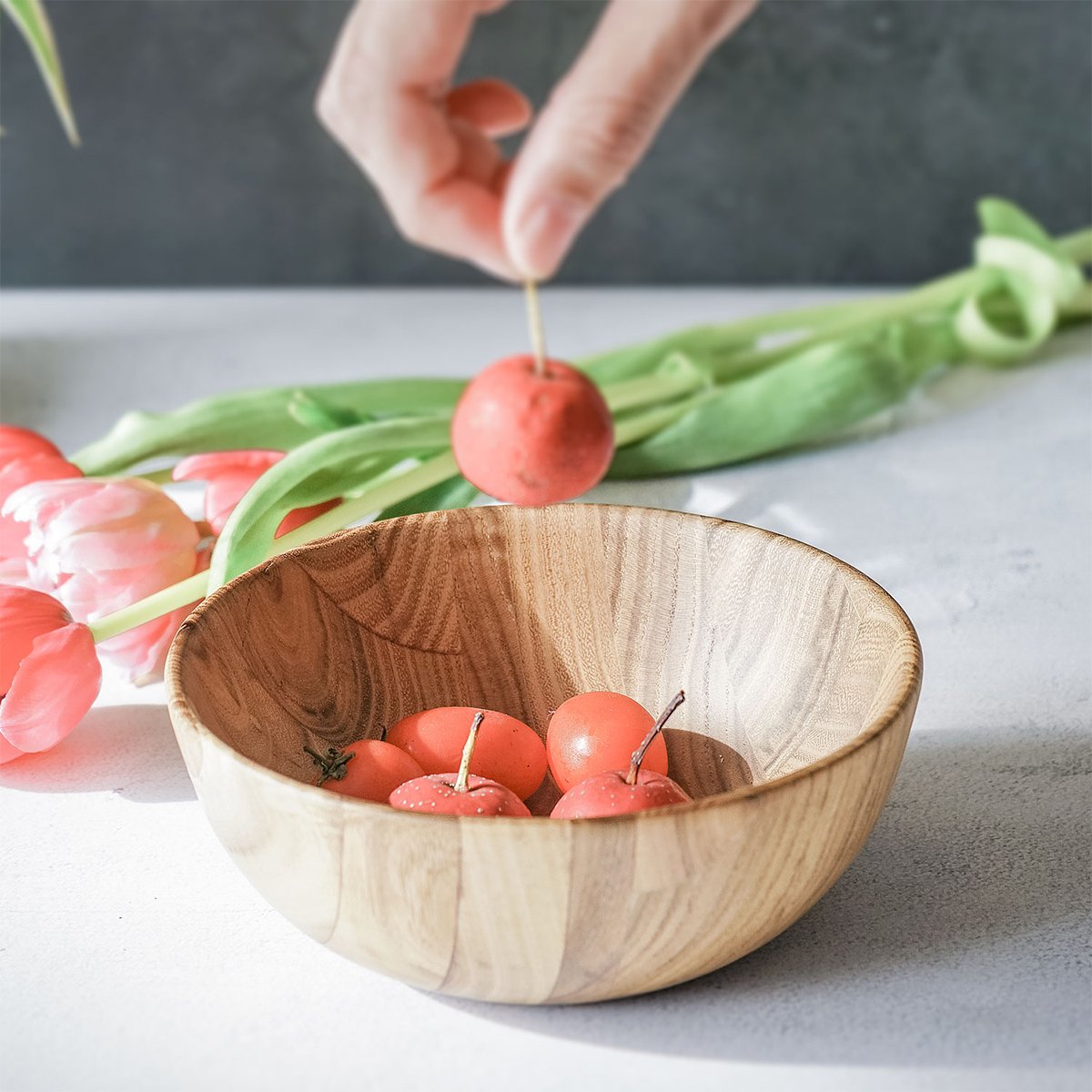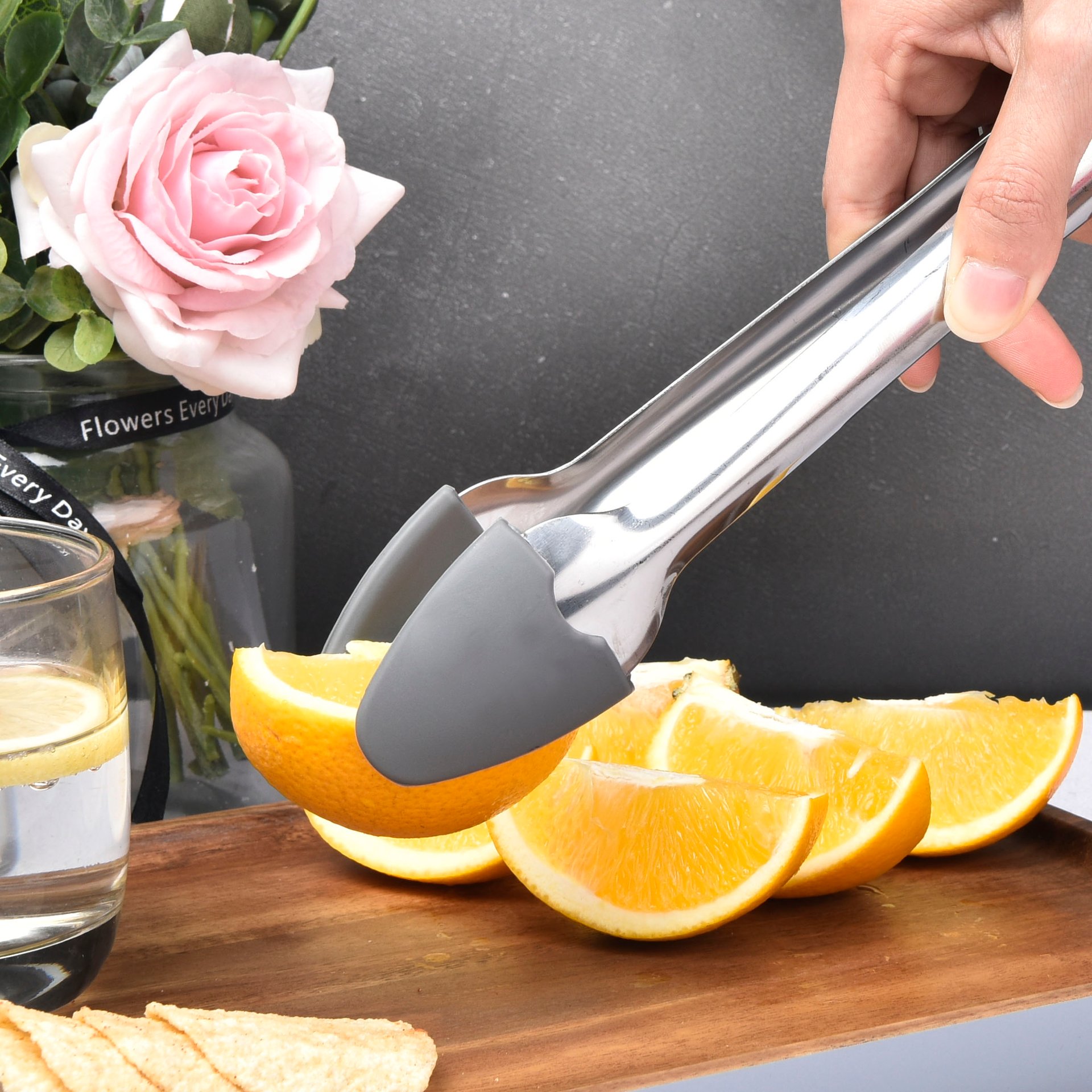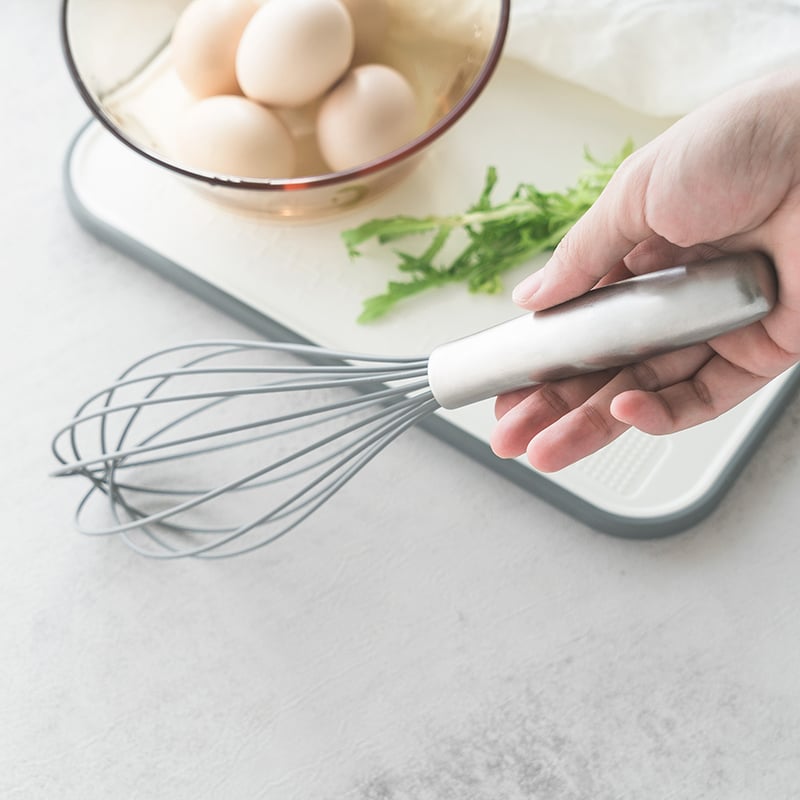Types of Knife Sharpeners & Blade Styles
Sharp, precise knives are essential in a professional kitchen! Learn about the various types of knife sharpeners in the market and which one is best for you!
Part 1: What is Sharpener and How Does It Work?
Knife sharpener, as the name implies, is a general term for tools to sharpen knivies. There are different types including knife sharpener, knife stone, knife steel etc. Its characteristics are to make the traditional single-sided sharpening into double-sided sharpening. A knife sharpener provides a fundamental change in the method for sharpening dull knives. For example, dull knives are sharpened in less than half a minute, its efficiency is incomparable, the material is made of refined material processing for a long service life, coupled with high quality and low price, simple operation, is an indispensable tool for house cooks.
Compared to traditional knife sharpeners, modern knife sharpeners are capable of fast speed, simple operation, convenience to carry, beautiful appearance and other advantages. In addition, there is no need to add water and knife-sharpening oil and other liquids. It is very safe and hygienic to use.
Part 2: Types of Sharpeners - Knife and Sharpening Tools
1. Electric Sharpeners
Many electric sharpeners utilize a 2 or 3 step process for creating, sharpening, and honing the edge on a blade. The first step utilizes a coarse grit to sharpen extremely dull blades and the last step uses a fine grit for honing sharp blades. When turned on, a sharpener will spin the sharpening stones, which, when a knife is drawn through the slots, sharpens blades to the desired sharpness. Most electric sharpeners have guides that allow the user to get the perfect angle, which makes them popular because they greatly simplify the precise task of sharpening knives.
2. Handheld Sharpeners
Similar to electric sharpeners, handheld knife sharpeners simplify the sharpening process, though they are generally limited by having fewer slots to sharpen with. One advantage handheld sharpener does have is their portability. Their small size and manual operating method make them perfect for cooking professionals who frequently find themselves traveling. Depending on how the handheld sharpener is designed, you either draw the knife through the slots while the sharpener is placed on a flat surface, or the sharpener is drawn down the length of the blade while the knife is carefully held spine-down on a table or countertop. Both types of handheld sharpeners easily sharpen a dull knife back to perfect cutting form.
3. Sharpening Stones
Sharpening stones are one of the most common ways to sharpen a knife. The three most common materials sharpening stones are made of are Novaculite, aluminum oxide, and silicon carbide and they are commonly known as Arkansas, India, and Crystolon stones respectively. Arkansas stones are natural stones, while India and Crystolon are man-made. Arkansas stones vary from fine to coarse in grit type, where India stones are better suited for fine sharpening and Crystolon are better for initial coarse sharpening. Some stones have diamond abrasives mixed in to get the optimal cutting edge.
4. Sharpening / Honing Steels
Contrary to the name, most sharpening steels don't actually sharpen knives. The primary job of a sharpening steel is to hone a knife blade, though certain cuts, or styles, are able to do minor sharpening; however, steels that do sharpen knives should not be used in place of the above sharpeners. The four most common cuts are regular, diamond, combination, and ceramic. The differences between cuts are rather minimal, and choosing between them mainly depends on whether you want to have the option of sharpening and how much you are willing to spend. It is also recommended that you use sharpening steels with a matching knife brand because manufacturers specifically design their steels to hone their knives.
- Regular cut steels are the most common and well known, as they are made from steel.
- Diamond steels feature a coating of diamond abrasives similar to what can be found on some sharpening stones.
- Combination, cut steels combine a smooth surface for honing and a rough surface for minor sharpening.
- Ceramic cut steels, as the name implies, is made of ceramic and can be used for minor sharpening to help align the blade.
5. Serrated Knife Sharpeners
Serrated knives can be difficult to sharpen with a stone due to the shape of the blade, and most common sharpeners, both manual and electric, will actually damage your serrated blades if used with them. However, there are certain knife sharpeners that are able to accommodate serrated blades, so you should always check the sharpener before purchasing. Manufacturers will state whether their sharpeners can be used with serrated blades in their manual or literature. We also provide this information in our product descriptions.
Part 3: Types of Bevel & Blade Angles
1. Chef's knife
A chef's knife is a versatile knife with a wide, curved blade that can do most of the work. Chinese cleavers usually cut from top to bottom depending on the weight of the blade. The western-style chef's knife is light, and the tip of the knife hardly leaves the chopping board when cutting vegetables, but only lifts the back part of the knife and cuts down. Chef's knife is a versatile knife, but for those who want to be more sophisticated, you still need other knives.
3. Fruit knife
A fruit knife is a small kitchen appliance used primarily for cutting fruits and vegetables. The fruit knife is made of stainless steel and plastic.
4. Bone knife
As the name suggests, a bone-cutter is a knife used to chop bones. It's usually used for chops, fish heads, etc. The blade is relatively thick and has a large edge angle. When chop bones with a bone knife, bones should be put flat and steady. Raise the blade straight up and bring it straight back down to chop.
5. Frozen meat knives
Frozen meat knife is mainly used for cutting frozen meat. The serrated design and sharp blade make the knife require less effort to cut frozen meat compared to an ordinary knife.
6. Kitchen scissors
Kitchen scissors are used in the same way as ordinary scissors. The difference is that kitchen scissors are usually specially processed on the blade. They are used to cut fish bones, various vegetables, and other items that need to be trimmed.
Part 4: Why You Should Keep Your Knives Properly Sharpened?
When it comes to a high-quality knife, instead of considering branding, distributor, and advertising, focus on two essential elements: the blade steel and the grinding process.
If a knife is not made of fine steel, it can still blunt quickly even if you grind it well, and when it comes to good material, you still need to polish the knife when it is dull. So even though it is a fine piece of steel blade, based on the studies from Europe, United States, and Japan, how many years in your hand is also a piece of scrap metal, which is why to master grinding technology, who also don't want to spend a lot of money to buy kitchen knife after maintained in a state of cutting the fixed things, overseas online shopping has no after sales services, so self-study is very necessary.
Another truth is that more sharper a knife is, the longer time you need to keep knife blade sharp. This is because the blade is smooth enough that the cutting material is slow to damage the blade. In contrast, if there are a lot of gaps, then the gap spalling will occur very quickly, which is one of the most important benefits of sharpening knives - to make the steel perform its best.
Part 5: How to Properly Sharpen a Kitchen Knife?
First place the knife sharpener on the platform, with one hand holding the knife firmly and the other hand holding the knife. According to the dullness of the knife, one or two of the following steps should be applied to sharpen it:
Step 1: Rough grinding:
This can repair severely damaged blades, suitable for blunt tools. As you insert the knife into the carbide grinding mouth (rough grinding mouth), you keep the knife's angle in the center as you pull back with appropriate and even force. Repeat three or five times.
Step 2: Fine grinding:
To remove the burr on the edge and polish the blade smooth and shiny, this is a necessary step. Pull the knife back, keeping the angle in the center of the "V" shaped opening, and place it in the ceramic rod grinding mouth (fine grinding mouth). Repeat three to five times.
When the knife has been ground, wipe it with a damp cloth or rinse it with water and then dry it. Clean the metal blades and ceramic rods of the knife sharpener with a soft brush to keep the grinding head clean.
What you need to pay attention to:
- It is not always necessary to grind coarsely and finely. It is possible to choose only coarse grinding, only fine grinding, or both, depending on the specific application.
- When using the knife sharpener, follow the arrow directions on the knife sharpener and pull the sharpener several times in one direction. Knife sharpeners have parts that can be pushed and pulled. When you pull, make sure you pull with a uniform force and a rapid speed, not too hard or intermittently.
- When sharpening a knife, avoid touching the blade with your hands, grasp the knife sharpener tightly, ensure full contact between the bottom of the knife sharpener and the table, and use a little force.












